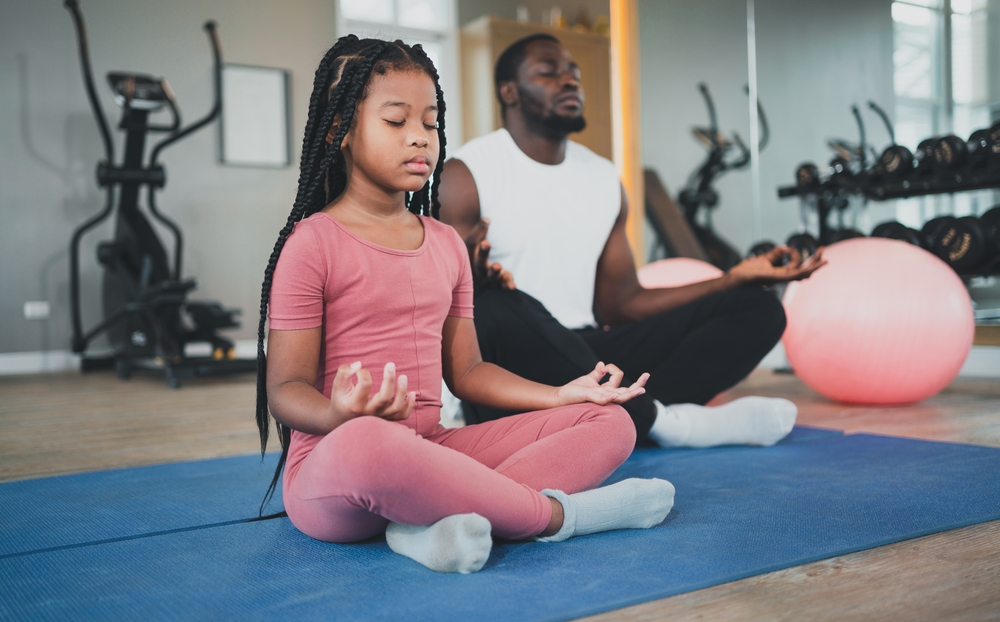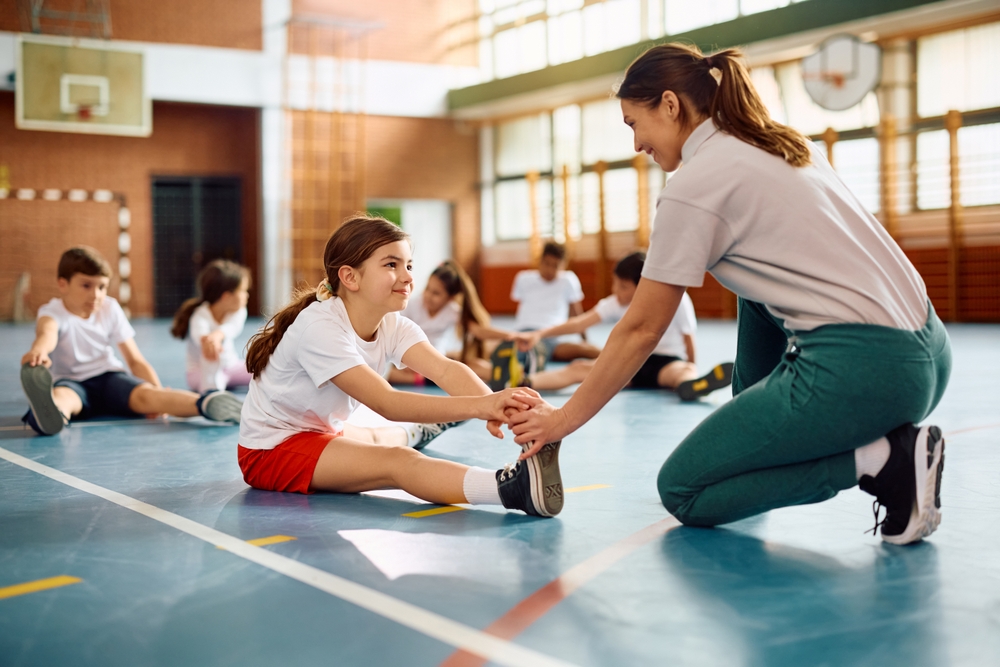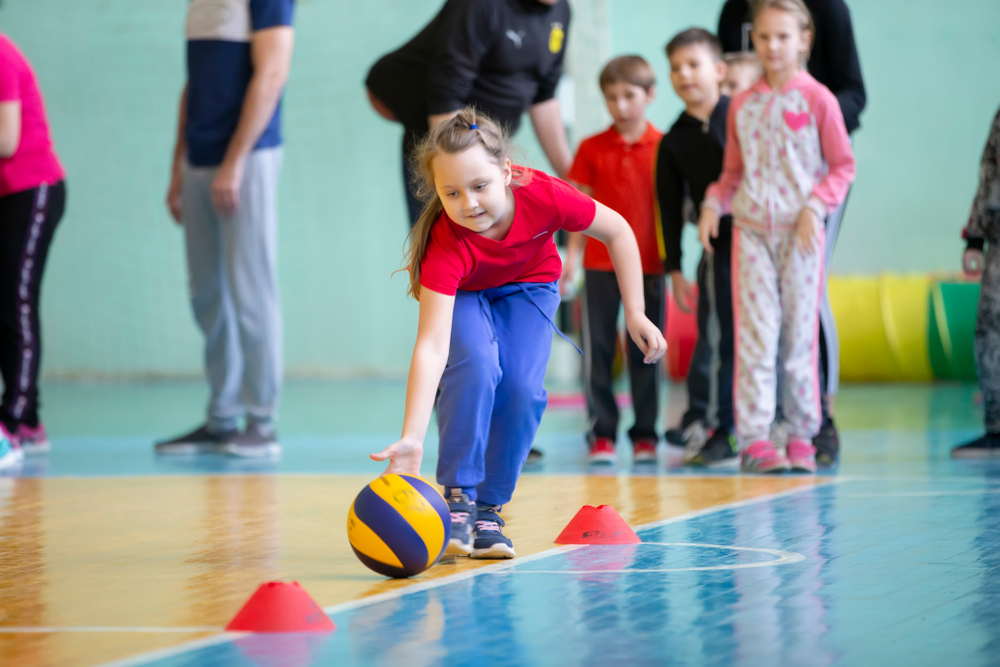A child’s development is fundamentally based on physical education, which promotes self-
confidence, teamwork, and physical fitness. A discernible trend in physical education programs
over the past few years has been the inclusion of holistic activities like yoga, meditation, and
traditional sports. These age-old customs are essential for maintaining cultural heritage in
addition to promoting physical and mental health. In this investigation, we examine the value of
yoga, meditation, and conventional sports in physical education, emphasizing the ways in which
these activities support kids’ growth of vital life skills and preservation of cultural identity.
Yoga: Time-Honored Knowledge for Contemporary Health
Yoga is a holistic discipline with Indian roots that combines meditation, controlled breathing,
and physical postures. It has positive effects on mental health in addition to physical health.
When yoga is included into physical education, kids learn about many benefits, including:
● Improved Physical Fitness: Yoga develops balance, strength, and flexibility. As students
gain more experience, simpler poses can be introduced and then more complex ones.
● Stress Reduction: Yoga’s mindful breathing and controlled breathing techniques help
students feel less stressed and anxious while preparing them for a lifetime of emotional
health.
● Focus and Concentration: Yoga teaches kids to be mindful of the here and now, which
improves their focus and concentration. These abilities are useful in both academic and
practical contexts.
Meditation: Fostering Inner Serenity
The physical components of education are enhanced by meditation, a mind-body practice
involving concentrated attention. There are several advantages to incorporating meditation into
physical education curricula:
● Stress Reduction: Meditation, like yoga, helps students manage their stress by giving
them the skills they need to face life’s obstacles with calmness and resilience.
● Better Sleep: Meditating regularly helps to improve sleep quality, which in turn supports
general health and wellbeing.
● Emotional Regulation: Children who meditate are better able to control their thoughts and
emotions because it helps them become more self-aware.

Customary Sports: Linking to Cultural Origins
With their roots in centuries-old customs, traditional sports provide a distinctive window into
cultural history. When these sports are included in physical education curricula, students gain:
● Physical Activity and Teamwork: Traditional sports promote vital life skills by involving
players in physical activity, teamwork, and competition.
● Learning traditional sports exposes kids to the rich tapestry of many cultures, which
fosters an appreciation and respect for diversity around the world.
● Preservation of Heritage: By participating in traditional sports, students make a positive
impact on the preservation of cultural heritage and guarantee that these games will
continue for years to come.
Advantages of Including Traditional Sports, Yoga, and Meditation
There are several advantages to integrating traditional sports, yoga, and meditation into physical
education classes.
● Physical fitness: By combining these techniques, one can enhance one’s strength,
flexibility, and cardiovascular health.
● Teamwork Skills: Children learn how to cooperate, communicate clearly, and support
one another through yoga, meditation, and traditional sports. These activities all impart
important teamwork skills.
● Self-Confidence: Children develop a sense of accomplishment and pride in their abilities
through yoga and traditional sports.
● Reduction of Stress and Anxiety: By teaching children useful stress-reduction strategies,
the programs enable them to face life’s obstacles head-on and with resilience.
● Cultural Appreciation: Teaching traditional sports to students promotes their
understanding of and appreciation for various cultures, as well as their sense of
inclusivity and global awareness.
How to Apply These Techniques
It is possible to incorporate traditional sports, yoga, and meditation into physical education with
careful planning and execution:

● Gradual Introduction: As students gain comfort and experience, begin with basic poses,
meditation methods, or conventional sports activities. Then, as the students get more
advanced, they should advance in complexity.
● Combination Activities: Design cross-training exercises that combine aspects of
traditional sports, yoga, and meditation. This creative method offers a comprehensive
education while maintaining student engagement.
● Cultural Context: Explain the cultural significance of traditional sports when introducing
them. This deepens appreciation while also improving understanding.
In summary, incorporating traditional sports, yoga, and meditation into physical education
curricula offers a comprehensive approach to kids’ growth. These activities support mental
health, physical health, and cultural heritage preservation. Through the integration of ancient
wisdom found in yoga, mindfulness developed through meditation, and cultural richness
ingrained in traditional sports, educators have a crucial role in developing well-rounded
individuals who possess essential life skills and a strong sense of cultural identity. Let us
acknowledge the significant influence these practices have on forming the next generation’s
minds, spirits, and bodies as we work to provide comprehensive education.
